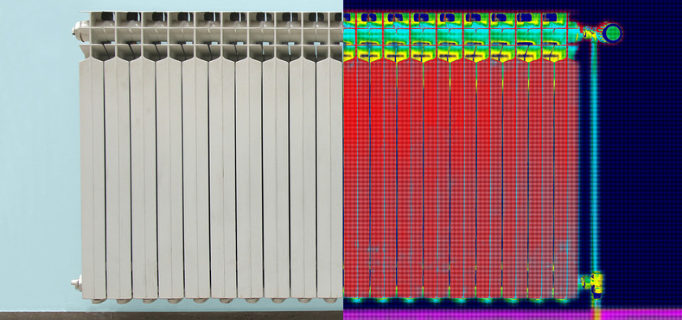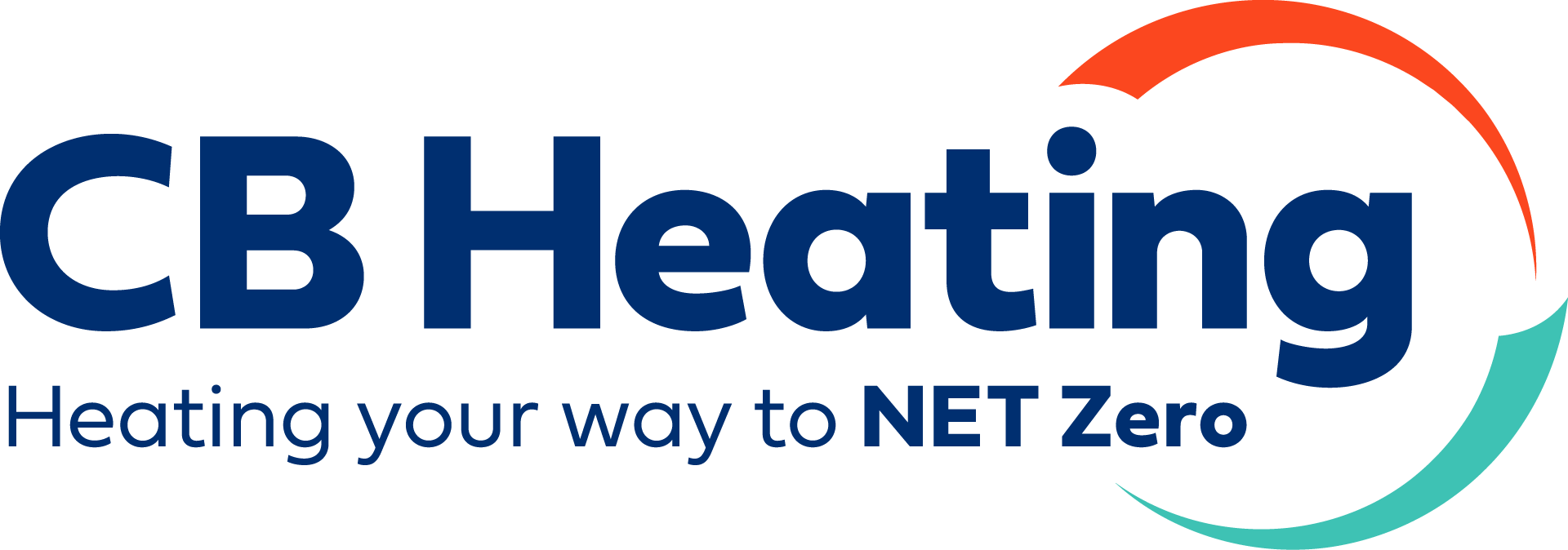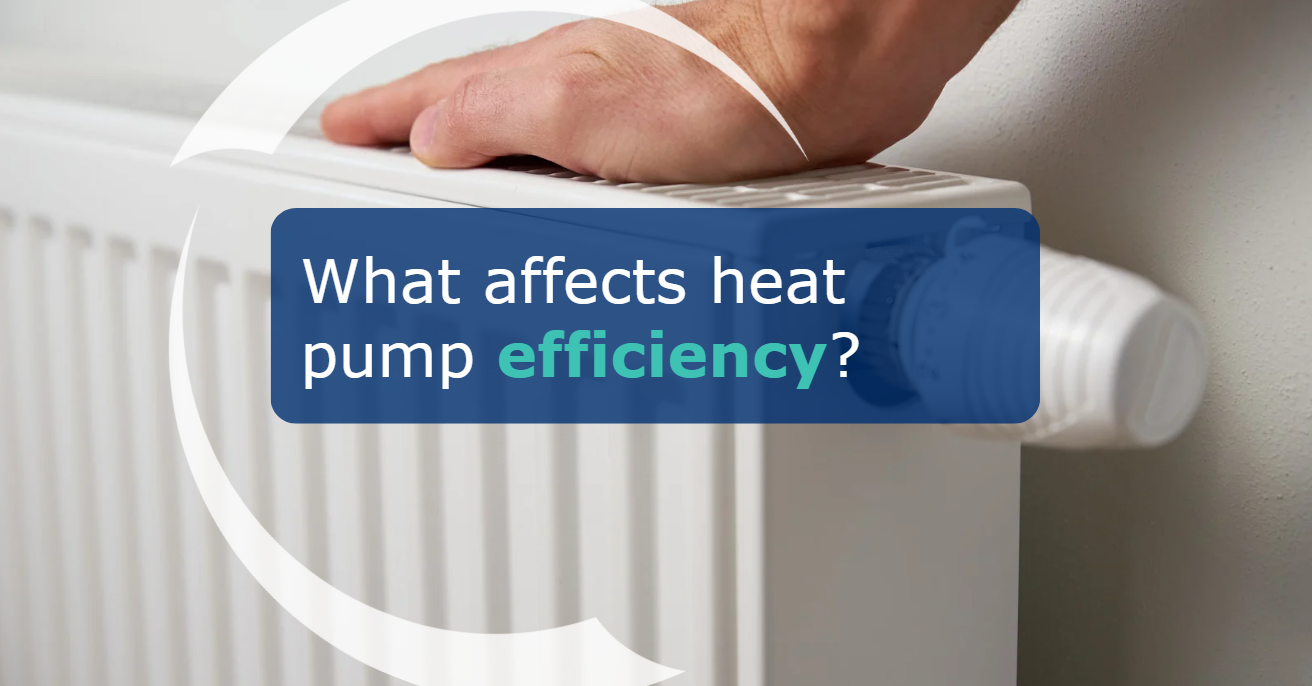Air Source Heat Pump Efficiency
Air-source heat pumps can be more than 100% efficient, unlike gas boilers. This means they use less power to provide the same heat for your water and radiators. The higher the heat pump’s efficiency, the less energy it needs. Using less power for the same heat output translates into two key benefits:
- Higher efficiency is better for the environment because less power needs to be generated from fossil-fuel sources
- Using less power means lower energy bills
Air Source Heat Pumps (ASHPs) can work very efficiently, often reaching 300-400%. However, this high efficiency only happens when they are installed and designed by true experts. This 300-400% figure is the average efficiency rating for a whole year. We work hard to get the most efficiency from your system.
But what affects heat pump efficiency? Here are all the things we discuss:
Your home’s ‘heat loss profile’
Heat pump and radiator settings
Outside temperature
Air Source Heat Pumps work by maximising the difference in temperature between a refrigerant liquified gas and the outside air. This is what makes them highly efficient. The refrigerant gas can reach temperatures as low as -35°C. When the outside air temperature is above that, the heat pump can pull heat from the air.
They can take heat from the outside air even when it is as cold as -28°C. However, the warmer it is outside, the better your system will work and the more efficient it will be.
So it’s clear why ASHPs are so suitable for the climate in most of the UK’s regions! The ambient air temperature rarely gets below 0°C in large parts of Britain.
For added peace of mind, we design all our systems down to -5°C. MCS standards say that the system should be designed to handle temperatures as low as -1.8°C in the UK. This means we work hard to keep you warm during those rare cold days. As a bonus, we also ensure your home is warmer than the requirements set out by MCS.
You may be wondering if they’re still better than a traditional boiler given the seasonal changes in performance. An air source heat pump works less efficiently in the coldest months. This is because there is a smaller temperature difference to use.
When the air temperature is higher in summer and spring, the heat pump system works much more efficiently. The average performance of a heat pump is much better than a boiler over the whole year. We expect it to be between 300% and 400% efficient.

Your home’s ‘heat loss profile’
The outside temperature is, however, not something you can control – but something you can control is your home’s ‘Heat Loss Profile’ (HLP).
When heating up a space, you need to account for how much (and how quickly) that space loses heat. Some materials, like masonry, take longer to absorb heat and hold on to it for much longer than, say, wood panelling. As a rule of thumb, the denser the material, the more it reflects heat.
The heat loss profile of your home is therefore largely a measure of how well insulated it is. This is often a balancing act. You want to absorb heat from the sun while also keeping heat from escaping your home.
Most of the heat in a well-insulated home escapes through windows and the roof. You can fix this by upgrading to newer, thicker windows and adding insulation in the attic.
Walls shared with neighbors don’t lose much heat. This is because neighbors usually heat their side of the wall as well.
To keep your home warm, reduce heat loss. This way, your air source heat pump won’t have to work as hard and should be more energy saving. Your air source heat pump can run at a lower, steady temperature. This helps it slowly heat your home all day, keeping it comfortable.

Radiator sizes
The size of a radiator affects how much heat it can effectively radiate. That is, hot water passes through a radiator and makes the metal of the radiator hot – the more surface area a radiator has, the more heat it can release at any one moment.
How much heat a particular radiator can release depends a lot on the design and style of the radiator.
Gas boilers tend to be run at a much higher “flow temperature” (the temperature flowing through your central heating system’s pipes & radiators) than ASHPs, so smaller radiators are installed because, with a higher input temperature, they can output the required amount of heat.
The key for air source heat pump efficiency, however, is being able to run the flow temperature as low as possible. This is why we sometimes recommend upgrading your home’s radiators.
Sticking with small, old single-panel radiators won’t stop your system from running, it’ll just run at a lower efficiency.
Heat pump & radiator settings
For the most part, a key benefit of an air source heat pump is that you can set it and forget it – but it’s worth staying aware of how you’re using your heating for the first while.
Our engineers will always leave you with the best settings to maximise efficiency, so you shouldn’t ever have to adjust the settings, but there may be efficiency gains if you change your home’s temperature. Lower thermostat temperature, for example, can often increase your SCOP.
The three main ways to maximise system efficiency through the way you use the system are:
- Get the weather compensation right
- Check that your hot water’s not set too hot
- Make sure all radiator valves are turned on (even in rooms that don’t need to be heated)
Need advice on your heat pump?
If you’re thinking of making the leap to completely sustainable heating with an Air Source Heat Pump or you’re having problems with your system, our expert engineers are always happy to help. Let’s talk.
Give our experts a call on 01255 821443. Alternatively, you can fill out a call-back request form and a member of the team will be in touch.



